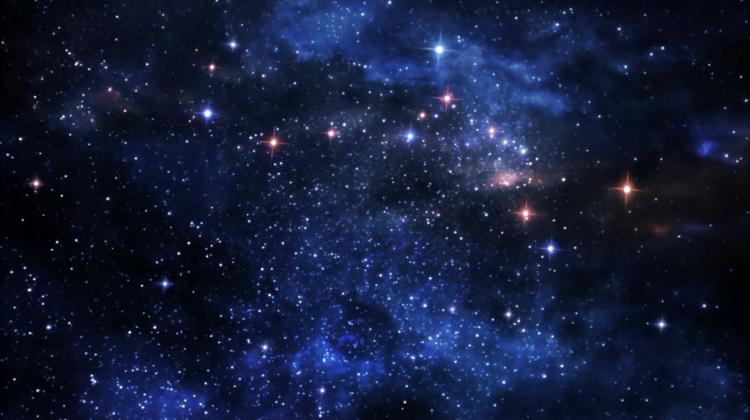Five minor planets given Polish names
 Credit: Fotolia
Credit: Fotolia
Five minor planets have been named after Polish institutions or people.
The names of the minor planets - Dudziński, Rożek, SławomirBreiter, Oauam (an acronym of the Polish name of the Astronomical Observatory of the Adam Mickiewicz University) and Jogaila (the Lithuanian name of Władysław Jagiełło) - were approved by the International Astronomical Union (IAU).
The IAU published the new names for small objects of the Solar System, mainly minor planets, in three WG Small Bodies Nomenclature Bulletins, which appeared in May and June.
The five new Polish planets have now joined a long list of already existing solar system objects The first is (202093) Jogaila, given to the asteroid 2004 TP17, discovered on October 11, 2004. The name refers to the Lithuanian name of Władysław Jagiełło, Grand Duke of Lithuania (1377-1434) and King of Poland (1386-1434).
The remaining Polish names refer to contemporary times and the Astronomical Observatory Institute of the Adam Mickiewicz University in Poznań. The observatory itself is among the names: the name of the object (97786) Oauam is one of the versions of the Polish institution's acronym name (OA UAM). The object, earlier designated 2000 NU2, was discovered on July 5, 2000. The Poznań observatory specializes in minor planet research.
The next three planetoids bear the names of Poznań scientists specialising in research on small objects of the Solar System. The asteroid (30234) Dudziński was named in honour of Dr. Grzegorz Dudziński, currently an assistant professor at the Astronomical Observatory Institute of the Adam Mickiewicz University. The scientist studies physical properties of planetoids and develops of their shape modelling techniques. The object, previously designated 2000 GD167, was discovered on April 4, 2000.
The asteroid (63440) Rożek was given the maiden name of Dr Agata Makieła (who still uses it in scientific publications). The researcher is a graduate of the Adam Mickiewicz University. She currently works at the British University of Kent, where she obtained a doctoral degree. She conducts optical and radar observations of planetoids near the Earth to determine their shapes and spin rates, and studies non-gravitational effects affecting these objects.
The planetoid (45492) SławomirBreiter gets its name from Professor Sławomir Breiter, who has been an employee of the Poznań Observatory for 35 years. His research work focuses on the mechanics of the sky, including the development of the theory related to the YORP effect (the effects of light and heat leaving the surface of the planetoid on its spin rate) and the studies of orbital movements of astronomical objects.
Professor Sławomir Breiter says that the last dozen years of his scientific work were devoted mainly to planetoids, so he could hope for such a distinction, but the evening text message from the director of the Astronomical Observatory, Professor Agnieszka Kryszczyńska (who also has her own planetoid, number 21776), surprised her a bit because theorists are less recognizable in the community of observers who submit name proposals.
Breiter said: “I'm happy that so many Poznań astronomers (13 in total) have already been commemorated in the Solar System and I appreciate that the orbits of our planetoids are far from Earth. It would be strange to read headlines like: Will SławomirBreiter destroy our civilization?”
Among the new names with a looser reference to Poland, we will find (534299) Parazynski, named after Scott Parazynski, an American astronaut of Polish origin.
The International Astronomical Union is the only authority that gives official names to astronomical objects and structures on their surfaces. It has developed a number of rules for naming objects.
In the case of a minor planets, when the object's orbit is well known (usually following observations in at least four positions in the sky), the object receives a new number. Then, the discoverer has the right to propose a name within 10 years of giving the minor planet its number. The proposals are evaluated by the Working Group for Small Bodies Nomenclature, whose members are astronomers studying minor planets and comets. If the name meets the criteria, it can be accepted and added to the official list of names of astronomical objects.
22,568 minor planets currently have names, numbers have been were assigned to 567132 objects, and more than a million such bodies are known. (PAP)
Krzysztof Czart
cza/ zan/ kap/
tr. RL
Przed dodaniem komentarza prosimy o zapoznanie z Regulaminem forum serwisu Nauka w Polsce.















